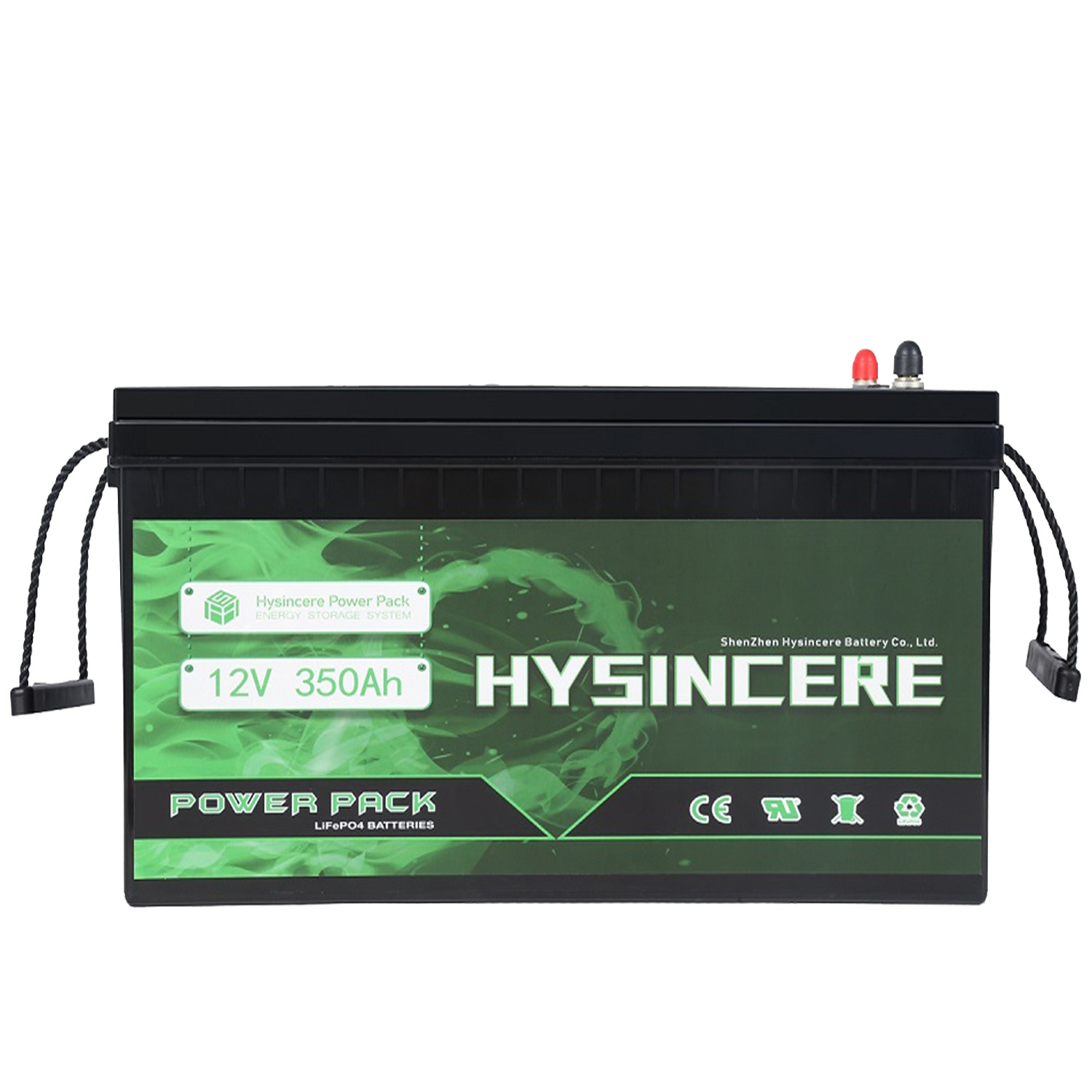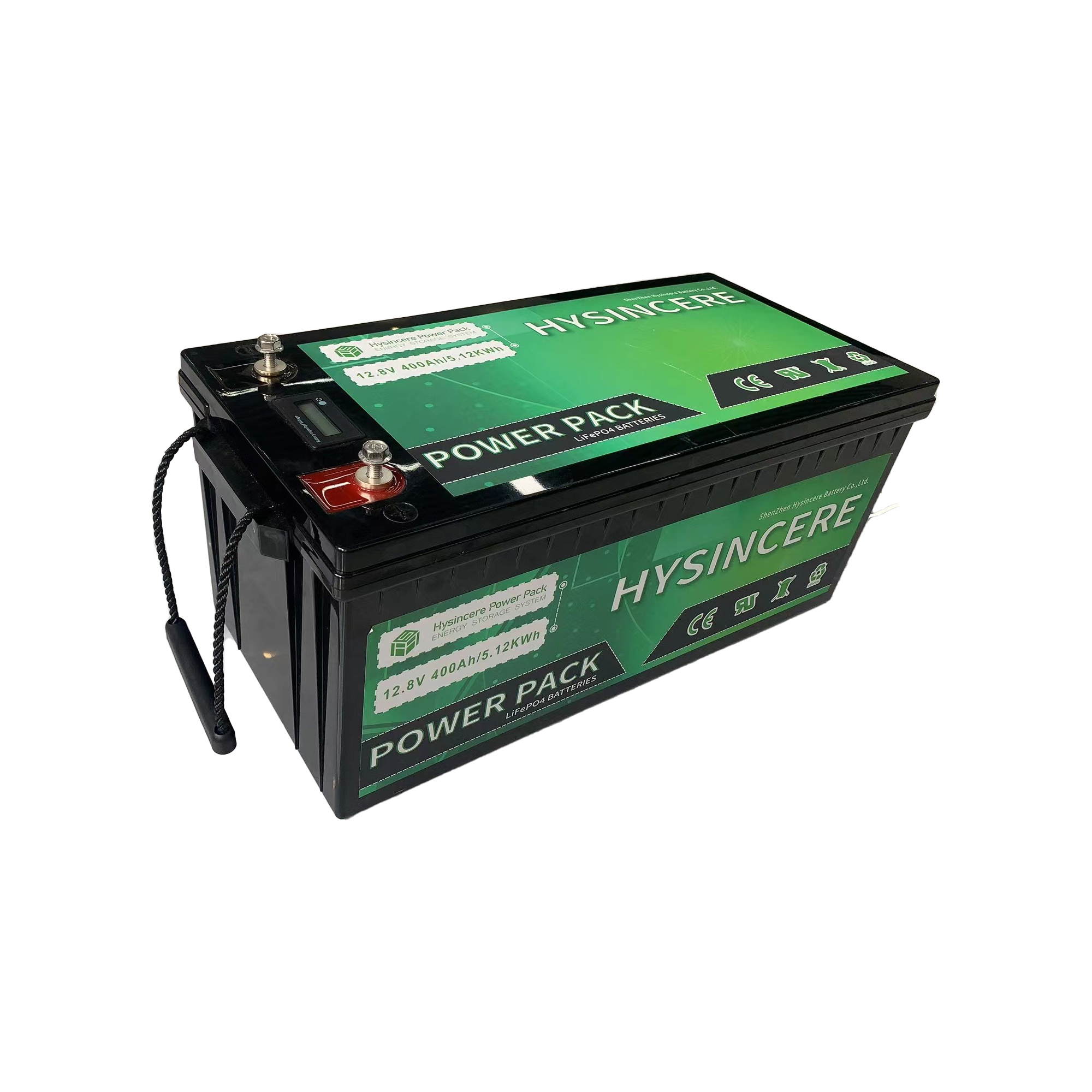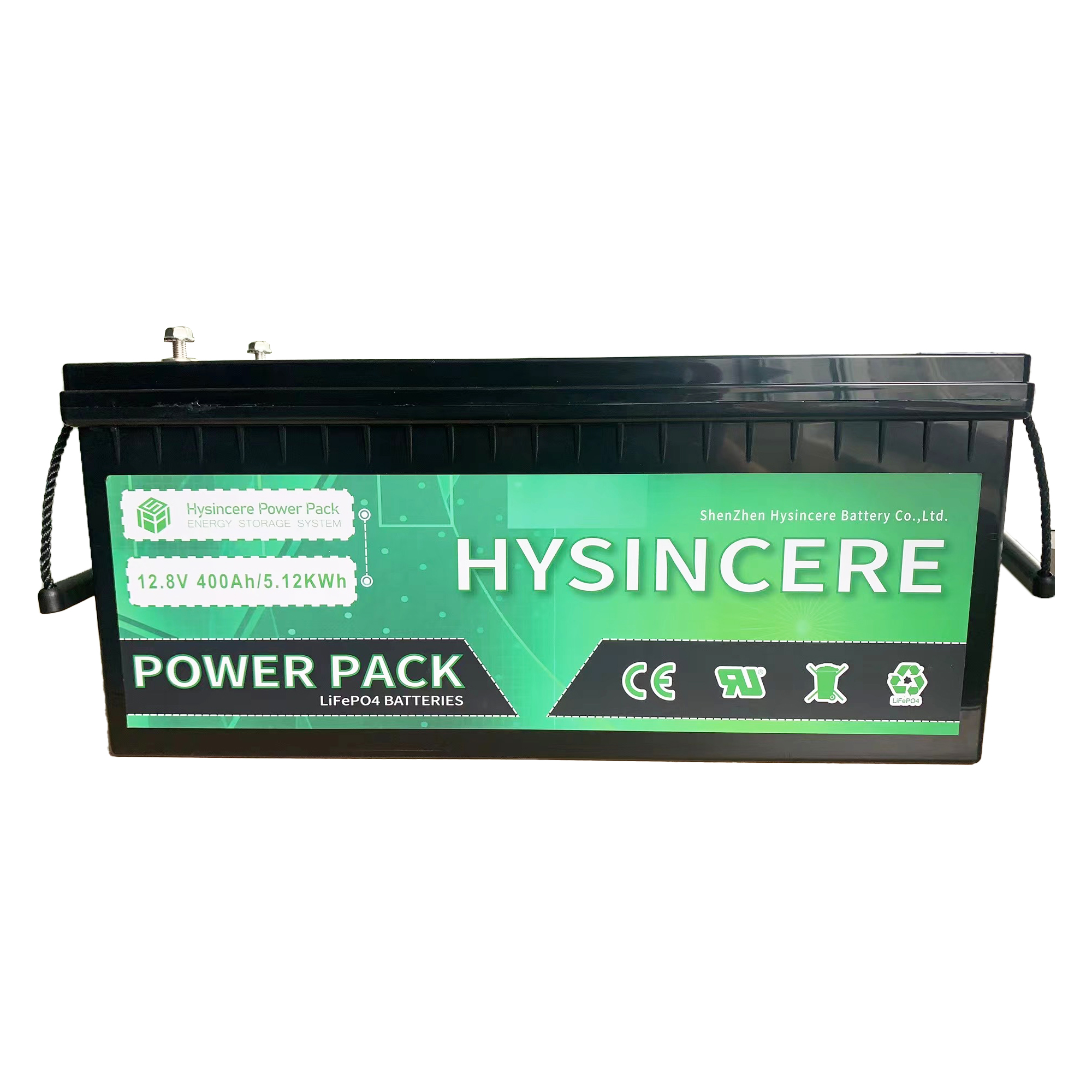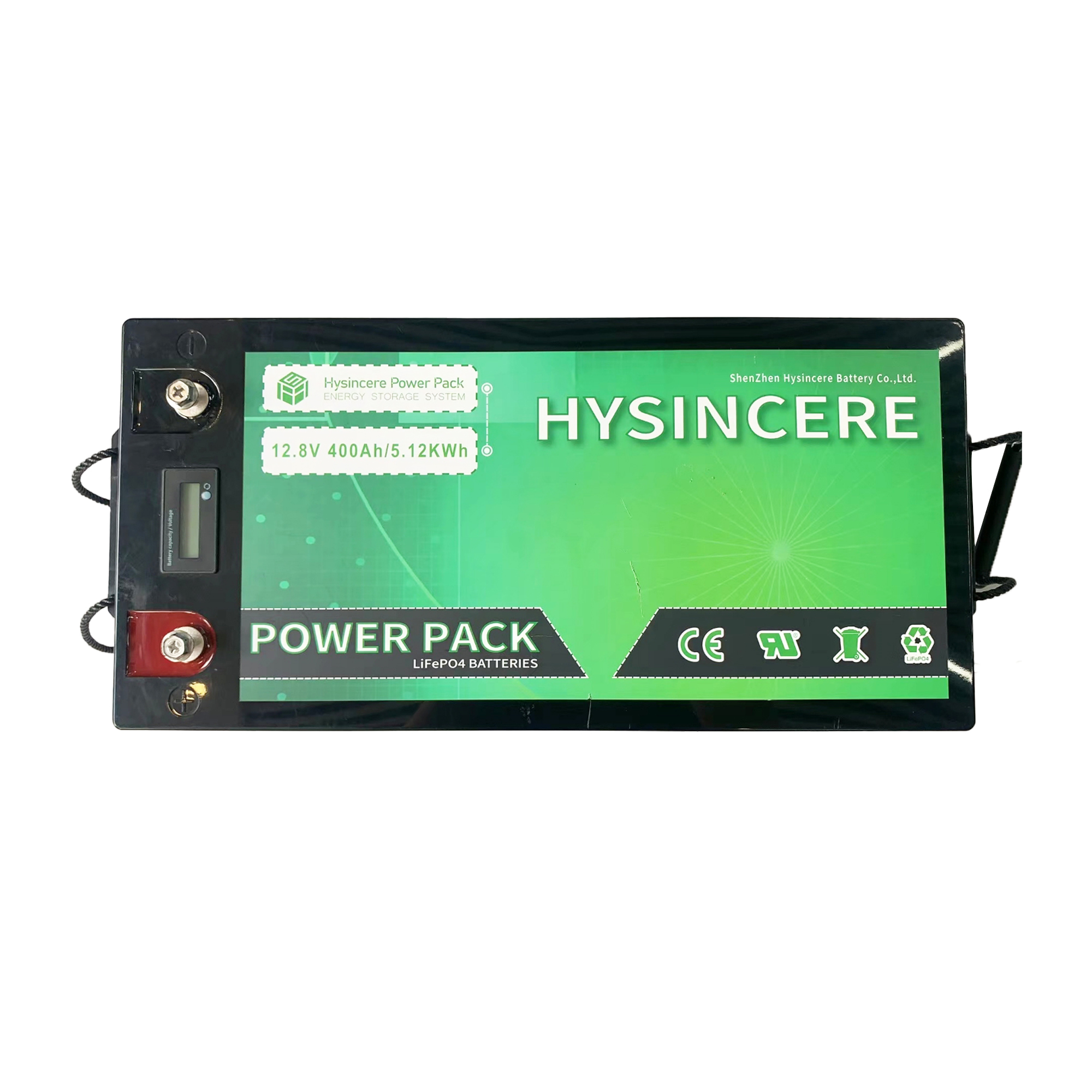
Zinc silver batteries, commonly known as silver zinc batteries, use potassium hydroxide or sodium hydroxide as the electrolyte, with silver as the positive electrode material and zinc as the negat

Charging is to reverse the discharge process above Taking lead acid batteries as an example: Lead acid batteries were the first practical batteries manufactured. The principle is as follows: In

Nickel zinc AA battery: The battery size is the same as that of nickel hydrogen/nickel cadmium: IEC specifications Theoretical voltage: 1.8V Theoretical voltage: discharge 1.65V Theoretical cap

The charging process of a battery is a complex electrochemical process, characterized by: (1) There are many factors that affect charging in multiple variables, such as the concentration of the e

In order to promote and support the research and trial production of electric vehicles, the United States established the Advanced Battery Association (USABC) in the early 1990s to provide batteri

Lithium batteries are a general term for chemical power sources that use metallic lithium or lithium containing substances as negative electrodes. It is a new type of high specific energy battery

(1) Reduced amount of recyclable lithium; (2) The deposited metal lithium reacts with solvents or supporting electrolytes to form Li2CO3, LiF, or other biological products; (3) Lithium metal oft

At present, the cadmium in the widely used Nickel–cadmium battery (Ni Cd) is toxic, which makes the waste battery treatment complex and the environment polluted. Therefore, it will gradually be re

A fuel cell is composed of an anode, cathode, electrolyte, and separator. The fuel undergoes anodic oxidation, while the oxidant undergoes cathodic reduction. If gaseous fuel (hydrogen) is continu

The electric vehicle battery pack is composed of multiple batteries stacked in series. A typical battery pack has approximately 96 batteries, which can generate a total voltage of over 400V when c